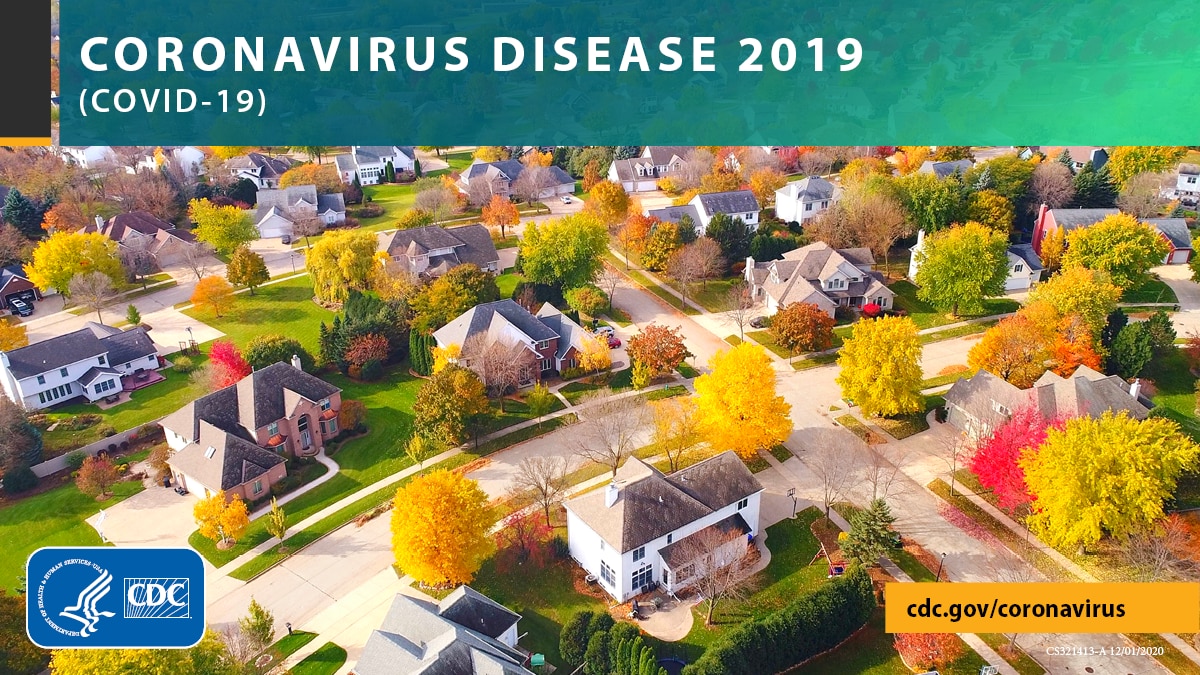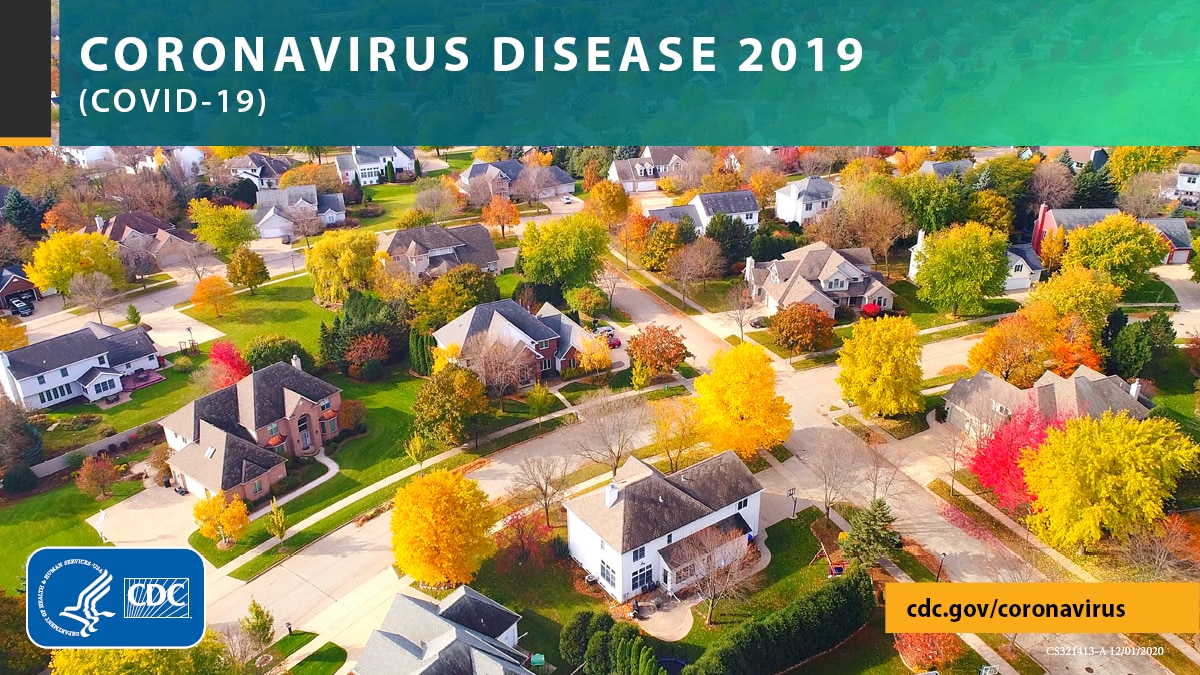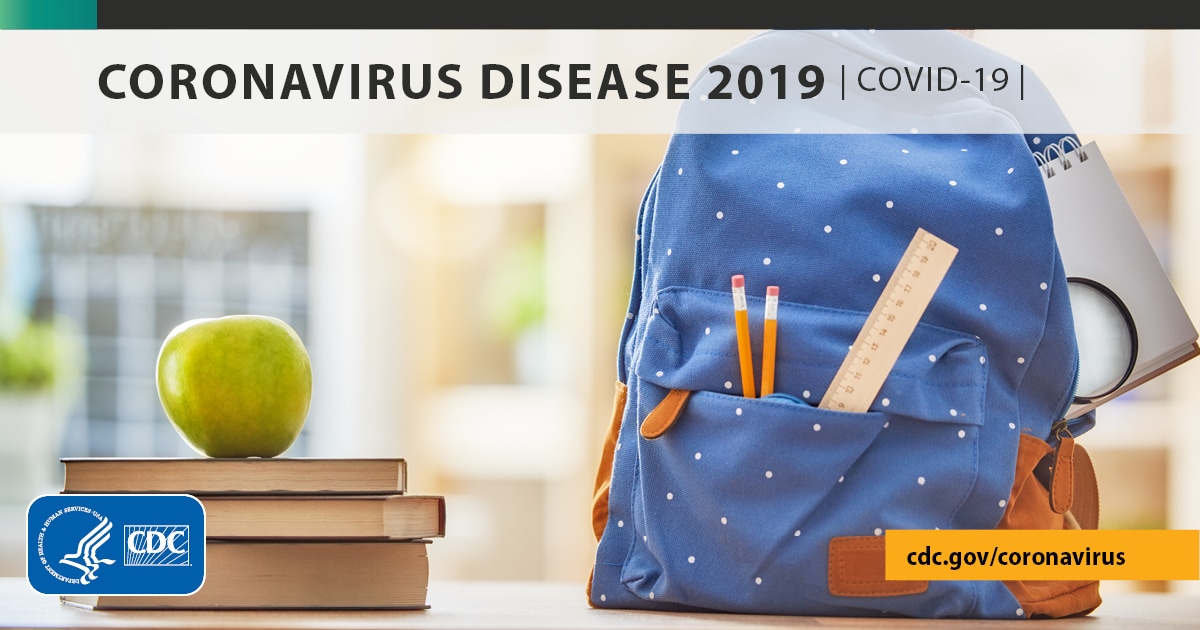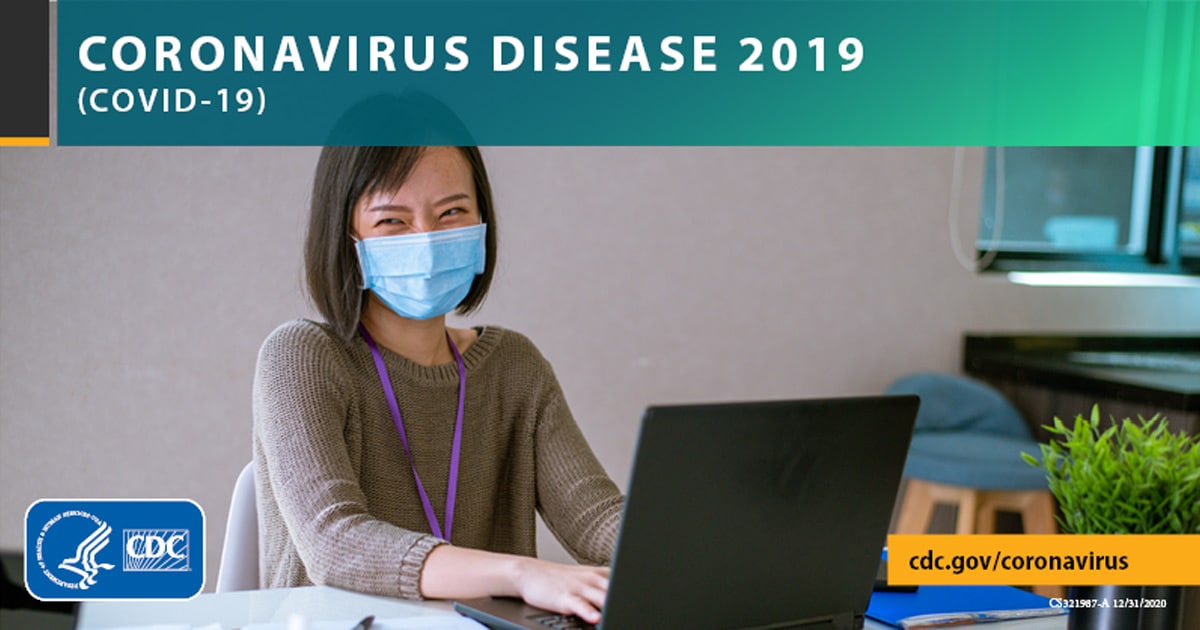COVID-19 and Your Health
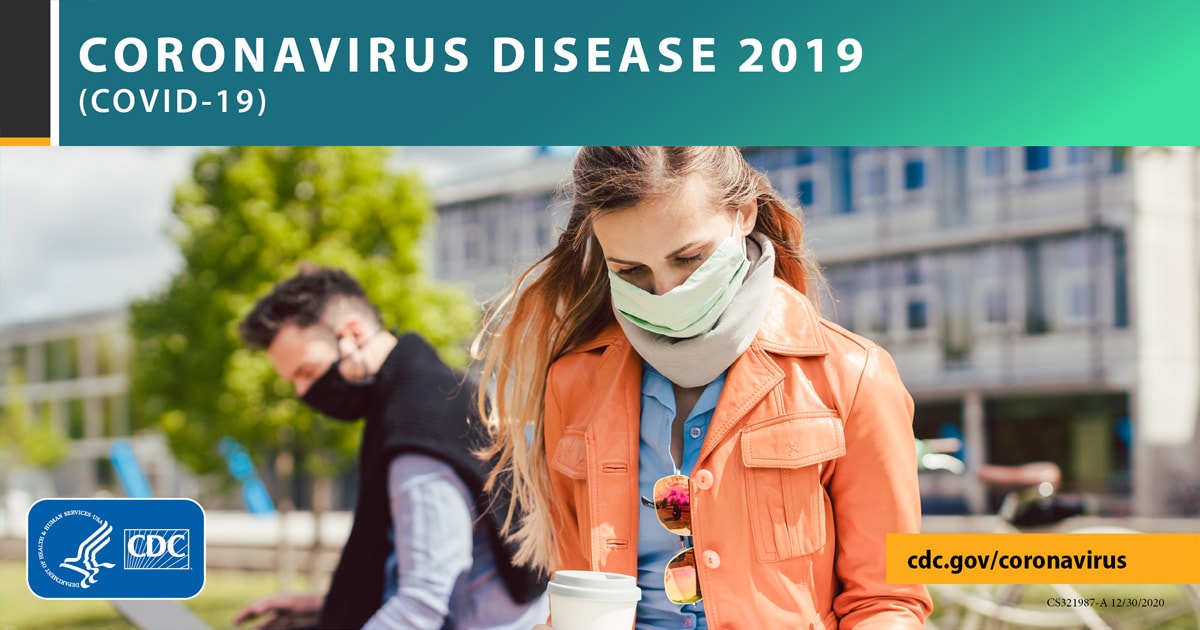
Updates as of April 28, 2021:
The page was updated to include how vaccination coverage and vaccine performance information for destinations is considered when evaluating travel health notice levels.
Updates as of February 23, 2021:
The thresholds used to evaluate secondary criteria were included on this page.
Updates as of January 29, 2021:
This page was changed to include updated secondary criteria used to determine Travel Health Notice levels.
CDC uses Travel Health Notices (THNs) to alert travelers and other audiences to health threats around the world and advise on how to protect themselves.
On November 21, 2020, CDC adapted its 3-level notice system to a 4-level system for COVID-19 and updated criteria used to determine THN levels. The system was updated to align with the same incidence rate or case count thresholds adopted by recognized public health organizations and shares a common 4-level structure with the U.S. Department of State’s Travel Advisoryexternal icon system.
COVID-19 Travel Recommendations can be found in two places:
The 4-level system categorizes destinations, including international destinations and U.S. territories, into the following levels:
- Level 4: Very high level of COVID-19
- Travelers should avoid all travel to these destinations.
- Level 3: High level of COVID-19
- Travelers should avoid all nonessential travel to these destinations.
- Level 2: Moderate level of COVID-19
- Level 1: Low level of COVID-19
CDC uses COVID-19 data reported by the World Health Organization and other official sources to make determinations about THN levels. If a destination does not provide data, their THN level is designated as “unknown” and travelers are advised to follow THN Level 4 recommendations.
Travel Health Notice Thresholds
CDC reviews case data reported to the World Health Organizationexternal icon to determine a destination’s COVID-19 THN level.
THN thresholds are based on the number of COVID-19 cases in a destination.
Primary criteria for destinations with populations over 200,000
- Incidence rate (cumulative new cases over the past 28 days per 100,000 population)
- New case trajectory (have daily new cases increased, decreased, or remained stable over the past 28 days?)
| COVID-19 Travel Health Notice Level | ||||
|---|---|---|---|---|
|
LEVEL 4
VERY HIGH |
LEVEL 3
HIGH |
LEVEL 2
MODERATE |
LEVEL 1
LOW |
|
|
Incidence Rate
(new cases over past 28 days per 100,000 population) |
More than 100 | 51–100 | 5–50 | Less than 5 |
Primary criteria for destinations with a population of 200,000 or less
- COVID-19 case counts* (cumulative new cases over past 28 days)
- New case trajectory (have daily new cases increased, decreased, or remained stable over the past 28 days?)
| Travel Health Notice Level | ||||
|---|---|---|---|---|
|
LEVEL 4
VERY HIGH |
LEVEL 3
HIGH |
LEVEL 2
MODERATE |
LEVEL 1
LOW |
|
|
Case Count
(over past 28 days) |
More than 100 | 51–100 | 10–50 | Less than 10 |
*CDC does not count identified imported cases (i.e., cases in travelers who were exposed in another country) against a destination’s total.
Secondary criteria for determining Travel Health Notice Levels
Reported case counts and incidence rates depend on testing capacity. CDC assesses testing capacity using two secondary criteria metrics: population testing rate and test-to-case ratio. The population testing rate is the number of tests conducted per 100,000 people over 28 days. The test-to-case ratio is the number of tests conducted for each case reported during the same 28-day period. Testing data are obtained from multiple sources, including Our World in Dataexternal icon, Foundation for Innovative Diagnosticsexternal icon, territorial health departments, and country ministries of health.
Travel Health Notice levels 1 through 4 for destinations with a population more than 200,000 people. Levels are based on combined 1) incidence rate (primary criteria) and 2) testing data (secondary criteria) *
| Testing Data (Secondary Criteria) | Incidence Rate (Primary Criteria) | ||||
|---|---|---|---|---|---|
| Testing Rate | Test-to-Case Ratio | Fewer than 5 cases per 100,000 people over 28 days | 5 to 50 cases per 100,000 people over 28 days | 51 to 100 cases per 100,000 people over 28 days | More than 100 cases per 100,000 people over 28 days |
| Fewer than 200 tests per 100,000 people over 28 days | Less than 10 | 4 | 4 | 4 | 4 |
| 10 to 30 | 3 | 3 | 3 | 4 | |
| More than 30 | 1 | 2 | 3 | 4 | |
| 200 to 400 tests per 100,000 people over 28 days | Less than 10 | 1 | 4 | 4 | 4 |
| 10 to 30 | 1 | 3 | 3 | 4 | |
| More than 30 | 1 | 2 | 3 | 4 | |
| 401 to 1200 tests per 100,000 people over 28 days | Less than 10 | 1 | 4 | 4 | 4 |
| 10 to 30 | 1 | 3 | 3 | 4 | |
| More than 30 | 1 | 2 | 3 | 4 | |
| More than 1,200 tests per 100,000 people over 28 days | Less than 10 | 1 | 2 | 3 | 4 |
| 10 to 30 | 1 | 2 | 3 | 4 | |
| More than 30 | 1 | 2 | 3 | 4 | |
*Incidence rate is the primary criteria for destinations with a population more than 200,000 people. Testing data are the secondary criteria and that data includes both the testing rate (column 1) and test-to-case ratio (column 2). The resulting health notice levels are shown in rows 3–14 of columns 3–6.
Travel Health Notice levels 1 through 4 for destinations with a population less than or equal to 200,000 people. Levels are based on combined 1) case count (primary criteria) and 2) testing data (secondary criteria) *
| Testing Data (Secondary Criteria) | Case Count (Primary Criteria) | ||||
|---|---|---|---|---|---|
| Testing Rate | Test-to-Case Ratio | Fewer than 10 new cases over 28 days | 10 to 50 new cases over 28 days | 51 to 100 new cases over 28 days | More than 100 new cases over 28 days |
| Fewer than 200 tests per 100,000 people over 28 days | Less than 10 | 4 | 4 | 4 | 4 |
| 10 to 30 | 3 | 3 | 3 | 4 | |
| More than 30 | 1 | 2 | 3 | 4 | |
| 200 to 400 tests per 100,000 people over 28 days | Less than 10 | 1 | 4 | 4 | 4 |
| 10 to 30 | 1 | 3 | 3 | 4 | |
| More than 30 | 1 | 2 | 3 | 4 | |
| 401 to 1200 tests per 100,000 people over 28 days | Less than 10 | 1 | 4 | 4 | 4 |
| 10 to 30 | 1 | 3 | 3 | 4 | |
| More than 30 | 1 | 2 | 3 | 4 | |
| More than 1,200 tests per 100,000 people over 28 days | Less than 10 | 1 | 2 | 3 | 4 |
| 10 to 30 | 1 | 2 | 3 | 4 | |
| More than 30 | 1 | 2 | 3 | 4 | |
*Case count is the primary criteria for destinations with a population less than or equal to 200,000 people. Testing data are the secondary criteria and that data includes both the testing rate (column 1) and test-to-case ratio (column 2). The resulting THN levels are shown in rows 3–14 of columns 3–6.
Population testing rates of more than 1,200 tests per 100,000 people over 28 days are considered sufficient to provide an accurate representation of COVID-19 in the destination. Rates less than or equal to 1,200 tests per 100,000 people over 28 days may signify concerns that testing is insufficient and may not provide an accurate representation of the incidence rate in the destination. The cutoffs for evaluating population testing ratesexternal icon have been adapted from the WHO guidelines.
The WHO determined a test-to-case ratio greater than or equal to 10 as the minimum indicator of sufficient surveillance capacity. A test-to-case ratio of less than 10 tests per case might indicate restrictive testing, or that only symptomatic people are being tested and undercounting the incidence rate (primary criteria). The preferred level is a test-to-case ratio of more than 30. The cutoffs for evaluating test-to-case ratios pdf icon[PDF – 18 pages]external icon have been adapted from the WHO guidelines.
When both the population testing rates and test-to-case ratios are high, CDC has confidence in a destination’s reported incidence. If either the population testing rate or test-to-case ratio is low, CDC has less confidence that the reported incidence accurately depicts the COVID-19 situation in the destination. In this situation, CDC adjusts a destination’s THN level as shown in the tables above.
Other information considered
Additional information such as hospitalizations and imported case counts will be considered when testing data are either unavailable or there are inconsistencies. CDC will work with country authorities through CDC country or regional offices to gather appropriate data.
Raising a Travel Health Notice
CDC raises a destination’s THN level when the incidence rate (or case count) and testing metrics meet the THN threshold for a higher level and remain at that level for 14 consecutive days. The THN level may be raised before 14 days if there is a large increase in COVID-19 cases reported.
Lowering a Travel Health Notice
CDC lowers a destination’s THN level when the incidence rate (or case count) and testing metrics meet the THN threshold for a lower level and remain at that level for 28 consecutive days. Vaccination coverage rates and vaccine performance will be considered when determining if the THN level can be lowered before 28 days.

